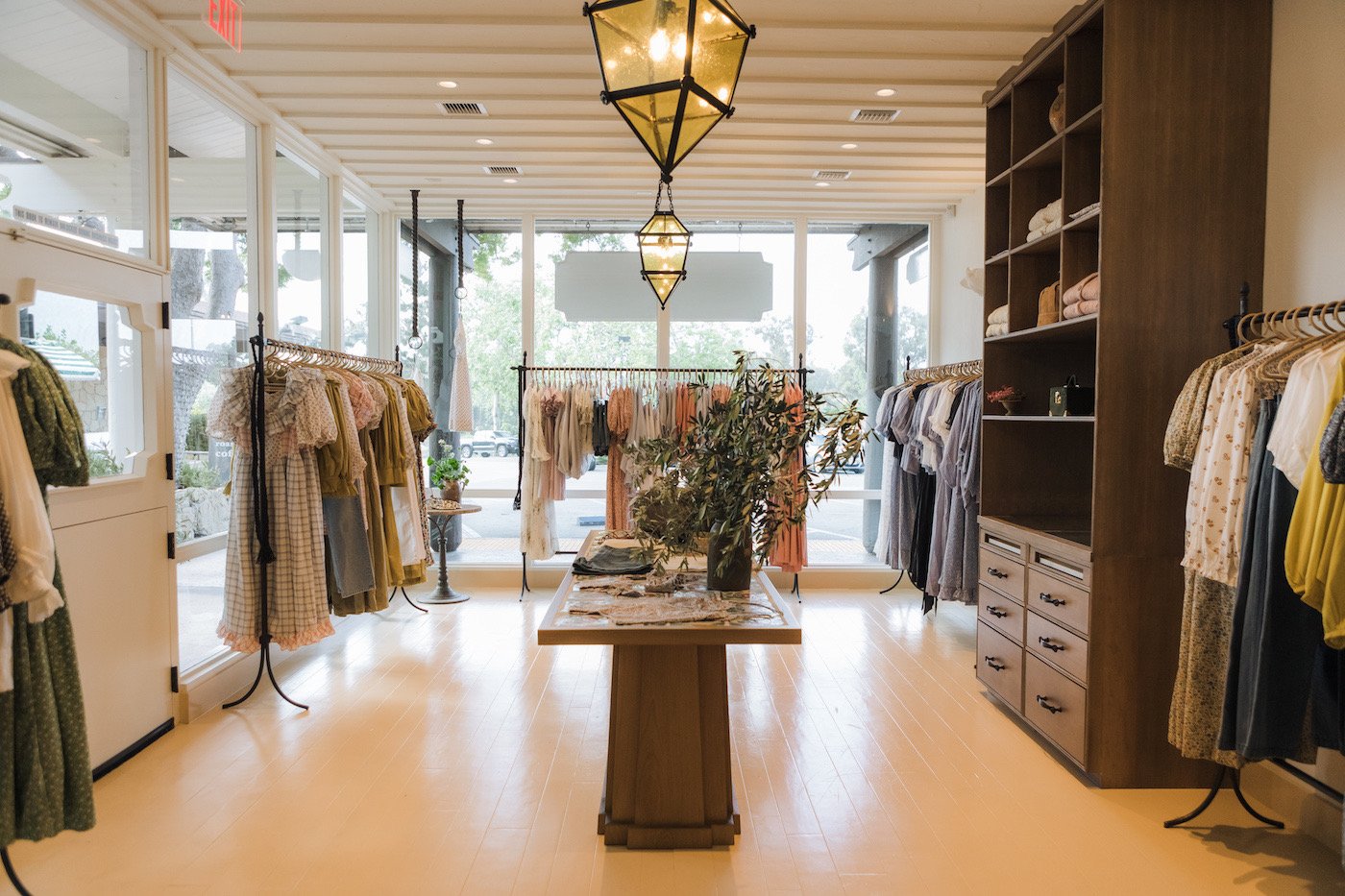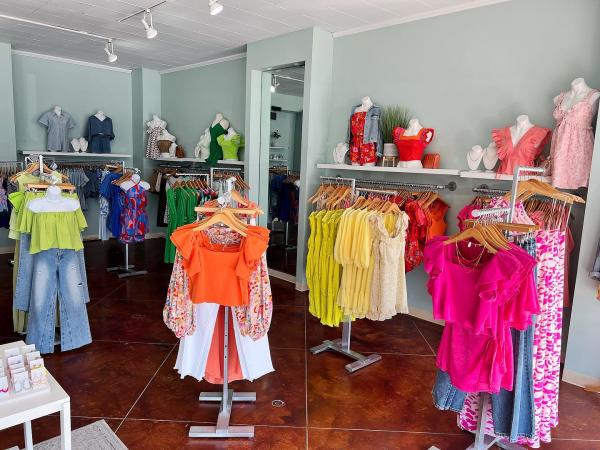The Impact of Social Media on Today's Boutique Fashion Trends
The Impact of Social Media on Today's Boutique Fashion Trends
Blog Article
A Deep Dive Into the World of High-Fashion Runways: Understanding Garments as Art
High-fashion paths have arised as fields where garments transcends its utilitarian origins, developing right into an advanced kind of imaginative expression. Developers, just like skillful artists, weave complex stories through textile, form, and color, challenging conventional norms and redefining beauty requirements. These programs are greater than simple screens; they are immersive experiences, where every stitch and seam narrates rich with cultural significance and progressive innovation. As we discover these sartorial eyeglasses, we must consider: what role does style play in forming societal worths, and just how does it show the ever-changing tapestry of human emotion and identification?
The Advancement of Runway Reveals
The trajectory of runway programs has actually transformed significantly over the years, evolving from special industry events to exciting spectacles that mix style with art. Generally, path shows made love events, held in ateliers or small places, primarily participated in by buyers and market experts. These early presentations concentrated on the garments' craftsmanship and commercial practicality, supplying a practical and direct screen of seasonal collections.
As the style sector increased, the nature of path programs started to transform. The 1970s and 1980s noted a transforming factor, with developers looking for to identify themselves via more staged discussions.
In current years, modern technology and social media have further transformed runway shows, making them available to a global audience. Livestreaming and electronic systems have democratized fashion, permitting fanatics worldwide to witness these occasions in real-time (boutique fashion). This advancement shows a wider cultural change, where high-fashion runways act as a dynamic junction of advancement, performance, and design
Designers as Enthusiast Artists
How have developers transcended their duties to end up being visionary artists? Developers in the high-fashion market have obscured the lines between useful garment production and the conceptual world of art. This improvement appears in the way they approach their collections, not just as garments but as profound expressions of identity, feeling, and culture. By welcoming creative disciplines such as sculpture, paint, and avant-garde setups, designers craft garments that test traditional style standards and raise them to art kinds.
Visionary designers attract inspiration from a myriad of sources, consisting of abstract art, historic references, and individual stories. They possess a distinct capacity to visualize and emerge concepts that press the borders of conventional fashion, usually redefining aesthetic paradigms in the procedure. This imaginative ingenuity is showcased through remarkable shapes, cutting-edge products, and intricate craftsmanship, which invite customers to experience style as greater than simply wearable things.
Moreover, the path offers as a canvas for these musicians, where lights, songs, and set design coalesce to create immersive experiences. check my source These presentations are not just screens of garments yet are managed efficiencies that evoke emotion and provoke thought, verifying the designer's function as a true artist in the contemporary cultural landscape.
Cultural Influences in vogue
Cultural tapestry weaves its detailed patterns right into the material of fashion, affecting developers globally. The dynamic interchange of social stories, traditions, and icons notifies and inspires collections that poise high-fashion runways.
The influence of culture on style is usually seen in the reinterpretation of standard garments and patterns. The use of Japanese robes, Indian saris, or African prints in modern fashion mirrors a blend of cultural credibility and modern looks. Designers such as Valentino's Pierpaolo Piccioli and Alexander McQueen's Sarah Burton have been recognized to incorporate abundant social motifs into their couture collections, converting background into wearable art.

Innovation in Textile and Layout
Development in fabric and layout constantly reshapes the landscape of high-fashion, pressing limits and redefining possibilities. Developers are progressively checking out the integration of modern technology, such as 3D printing, which enables for the creation of complicated structures that were formerly inconceivable.
The fashion sector is experiencing a rise in the use of environment-friendly products, derived from recycled plastics, organic fibers, and also eco-friendly components. Designers are welcoming these products to craft garments that are both mindful and aesthetically striking of their eco-friendly impact.
In regards to design, avant-garde silhouettes and experimental types are continuously transforming the runway. By integrating unusual products and cutting-edge techniques, look at this website designers cultivate garments that blur the line between fashion and art, setting new standards for creativity and expression in the high-fashion sphere.
Impact of Fashion on Society
Fashion possesses an extensive impact on culture, offering as both a reflection of cultural identity and a catalyst for social adjustment. With its development, fashion has mirrored societal changes, enveloping the zeitgeist of different ages. The flapper dresses of the 1920s embodied a newly found feeling of women's liberation, while the vibrant prints of the 1960s resembled the advanced spirit of the time. High-fashion runways, specifically, work as systems for difficult norms and redefining elegance criteria. Designers utilize these locations to address pushing social problems, from sustainability to diversity, therefore forming public discourse.
In addition, fashion has the power to bridge social gaps, cultivating understanding and recognition among diverse teams. As globalisation speeds up, the cross-cultural exchange of style ideas comes to be increasingly significant, advertising inclusivity and diversity. The surge of streetwear, originating from metropolitan subcultures, illustrates exactly how style can transcend socio-economic limits, granting people a method of self-expression and empowerment.
Fundamentally, fashion is not simply about appearances; it is a dynamic pressure that affects values, mindsets, and social progress (boutique fashion). By constantly connecting with cultural and social currents, style remains an important component of the collective human experience

Conclusion
Developers, similar to visionary artists, orchestrate collections that mirror identification, feeling, and cultural narratives, challenging conventional aesthetics. This intersection of fashion and artistry not just mesmerizes audiences worldwide yet likewise influences social understandings and promotes a their website much deeper gratitude for social variety.

Cultural tapestry weaves its complex patterns right into the fabric of fashion, influencing developers globally.Fashion wields an extensive impact on society, serving as both a reflection of social identification and a stimulant for social change.
Report this page